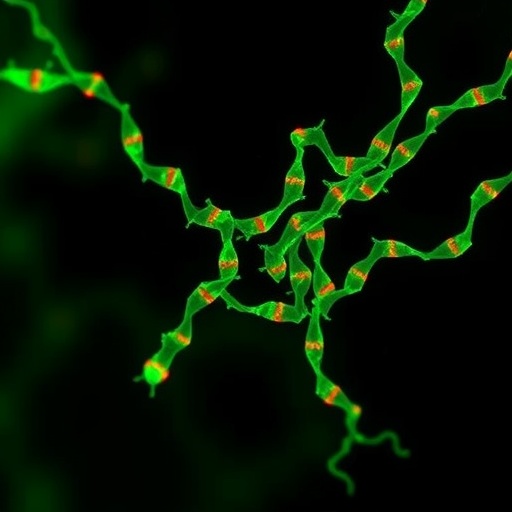A team of biologists has determined how transcription factors (TFs), which guide gene regulation, function differently in embryonic development. The results help illuminate how cells acquire distinct functions as the embryo matures.
"The basic principles learned from these findings are important in understanding how the activities of transcription factors control development of higher organisms, including mice and humans," observes Stephen Small, a professor in New York University's Department of Biology and one of the researchers. "More specifically, the results offer a potential pathway to better grasp how mutated genes that interfere with transcription factors can cause profound disruptions in embryonic development and result in a range of diseases, including cancer."
The study, which is reported in the journal Genes & Development, also included scientists from Harvard Medical School and Johns Hopkins University.
Biologists have historically had difficulty precisely understanding how transcription factors control embryo development. This is because they number in the hundreds and different combinations are expressed in individual cell types as development proceeds.
Moreover, studies have produced conflicting results. For example, in previous biochemical experiments, researchers have shown that individual TFs within a family bind to the same DNA sequence; but, genetic experiments have revealed that they have very different activities in the cells of a developing embryo.
"Thus, the rules that determine where a specific TF will bind within an organism, and consequently which target genes it will activate, are still unclear," explains Small.
In the Genes & Development study, led by Rhea Datta, a postdoctoral fellow at NYU's Center for Developmental Genetics, the scientists examined two similar TFs (Bicoid [Bcd] and Orthodenticle [Otd]) in the fruit fly Drosophila that were previously shown to bind a common DNA sequence (TAATCC).
They directly mapped the genomic regions that Bcd and Otd bind to in the embryo and showed that some regions are bound by both proteins while others are bound only by Bcd or Otd. They further showed that each protein prefers to bind sequences that differ by only a single base from the TAATCC common sequence. Finally, binding by Bcd occurred only in genomic regions containing binding sites for two other TFs that may facilitate Bcd binding.
The data, the researchers conclude, identified a precise DNA "sequence code" that controls how TFs function correctly in specifying cell fates within a living embryo.
###
The research was supported by grants from the National Institutes of Health (RO1 HG005287, GM106090).
Media Contact
James Devitt
[email protected]
212-998-6808
@nyuniversity
https://www.nyu.edu/about/news-publications/news.h




